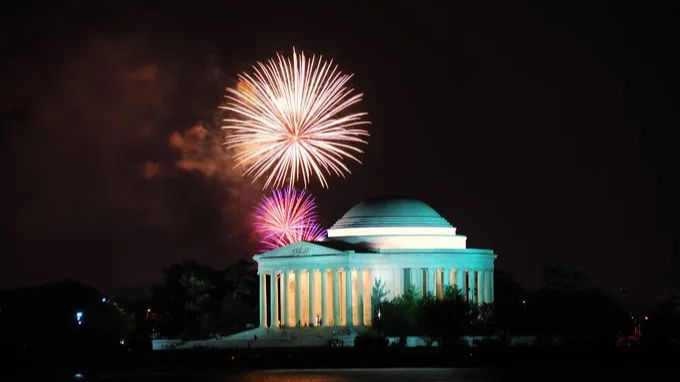The United States of America celebrates its Independence Day on the Fourth of July. This day marks the signing of the Declaration of Independence from Britain’s Parliament as well as King George III himself. Carnivals are held all across the US, families go out on picnics, parades colour the streets of America in the hues of independence. The biggest highlight of the day is the Fourth of July fireworks, a tradition that makes the entire population look up at the sky.
These fireworks are a means of celebration, but also hold historical significance. Here’s the story that gave birth to this extraordinary spectacle.
The story began in the summer of 1776, days before the adoption of the Declaration of Independence. On July 3, as Congress was working on the final changes in the draft of the declaration made by Thomas Jefferson, John Adams, one of the Founding Fathers of the USA, penned a letter to his wife, Abigail.
“The Second Day of July 1776, will be the most memorable Epocha, in the History of America,” Adams wrote.
“I am apt to believe that it will be celebrated, by succeeding Generations, as the great anniversary Festival…It ought to be solemnized with Pomp and Parade, with Shews, Games, Sports, Guns, Bells, Bonfires and Illuminations from one End of this Continent to the other from this Time forward forever more.”
The first proper celebration of Independence Day took place one year later, on July 4, 1777.
All the armed ships fired a 13-gun salute, in honour of the independence of the 13 colonies. This was followed by a gala including dinner and musical performances. The celebration concluded with a grand display of fireworks during which time, the city looked the prettiest, beautifully lit with colours.
Since then, fireworks became a tradition to mark the freedom of the United States of America with pomp and show.







